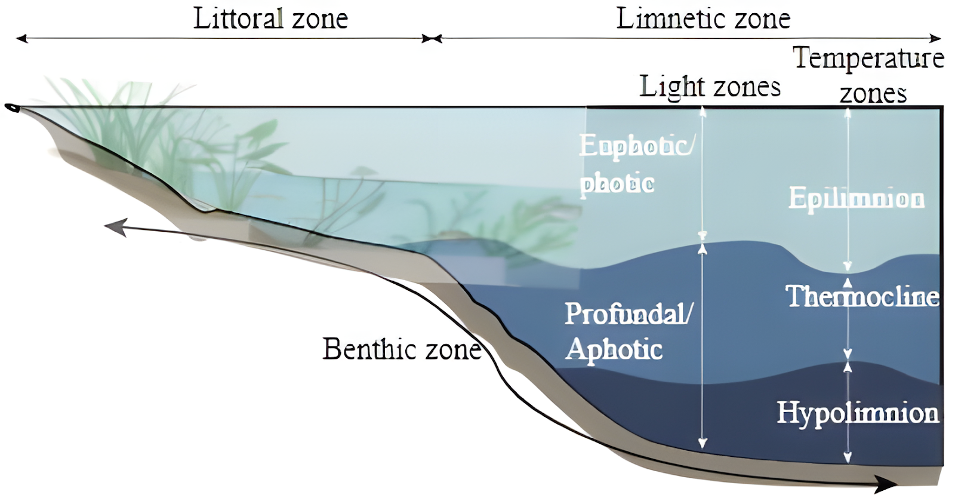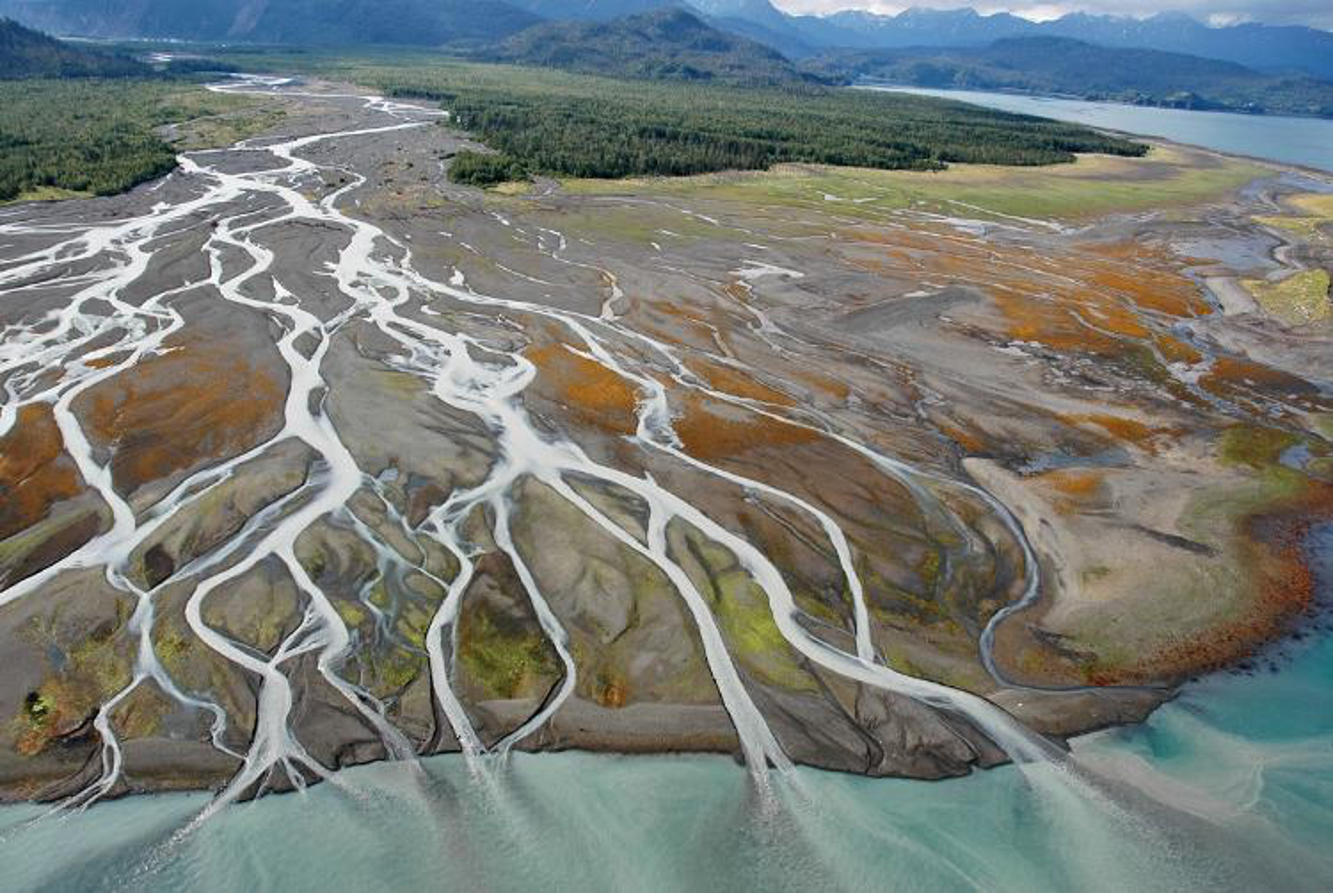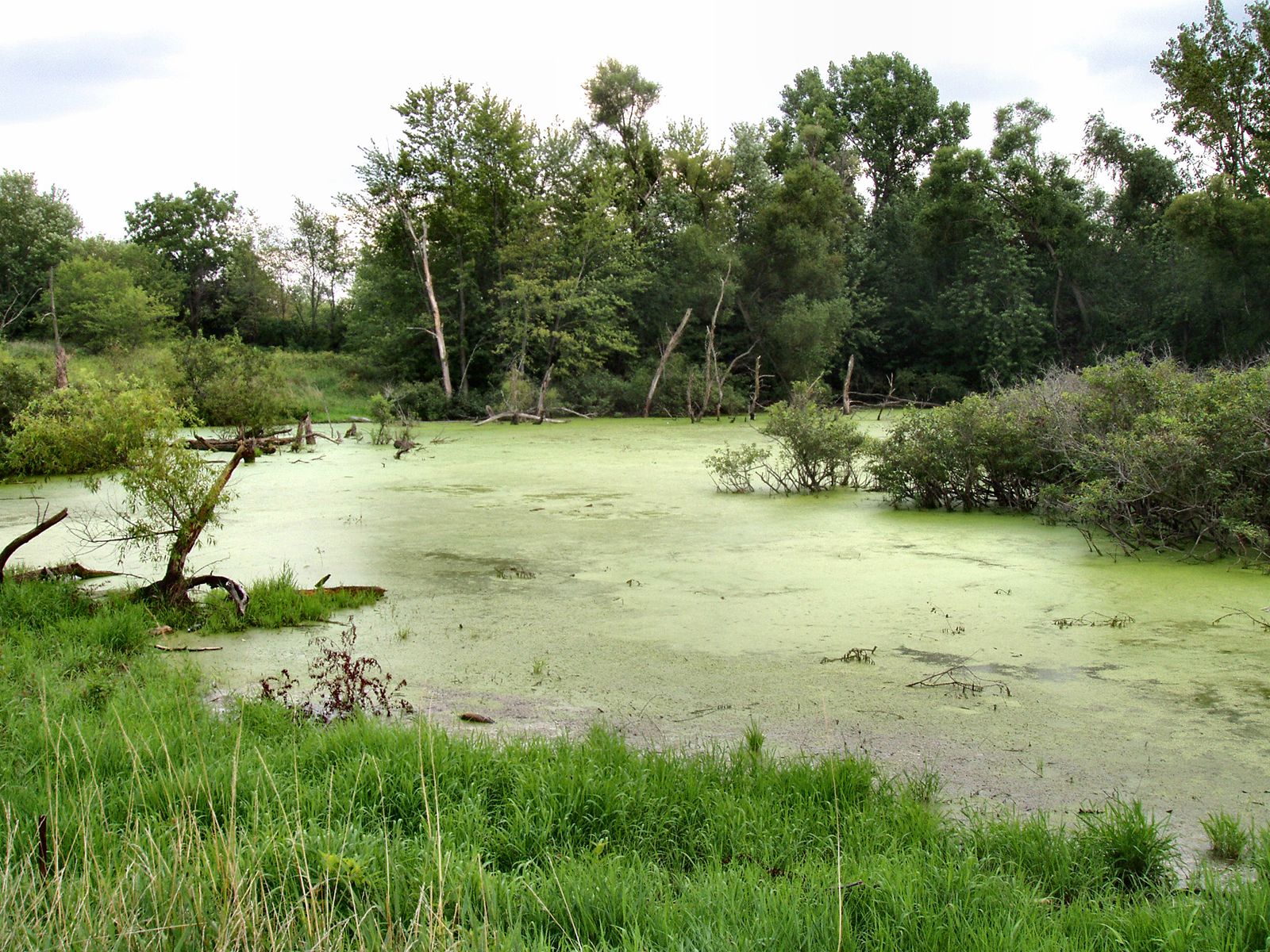Ecosystems
An ecosystem is a system of interconnected elements, both biotic, or living, components and abiotic, or nonliving, components.Evolution
Evolution causes biodiversity. Over time, the genetic composition of a population changes, leading to different physical characteristics. During evolution, new species are formed in a process called speciation.A phylogenetic tree is used to model evolution. These trees can be composed of many types of species or just a few.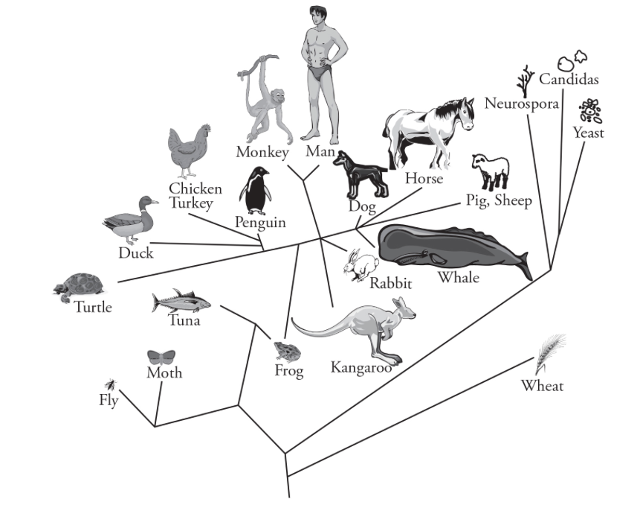
When an organism is better suited to its environment than others, it is more likely to survive to reproductive age and pass its genes on. Therefore, it has a higher evolutionary fitness and contributes to evolution.
When the habitat selects certain organisms to live and reproduce while others die, natural selection is ongoing. Any characteristics that allow the organism to survive better in its habitat will be passed on while those that harm it will eventually disappear within the population.
Selective pressures drive natural selection and reduce reproductive success in a portion of the population.
During evolution, the gene pool, or total genetic makeup of the population, is modified/altered.
In genetic drift, the frequency of a certain allele begins to become more frequent in the population. Over time, the population contains a higher percentage of this allele, causing the entire population to have genetically drifted from its original source. For example, if an owl population begins to show a higher frequency of long talons, over time, the entire population will begin to have long talons. Smaller populations are more susceptible to genetic drift than larger populations.
Microevolution is when a population has small-scale changes over a short period of time. Macroevolution is when there are large-scale patterns of evolution within biological organisms in a large period of time.
When all organisms of the same species are unable to survive, the species becomes biologically extinct. When a species has so few individuals that it cannot meaningfully interact with other species, it is considered ecologically extinct. If few individuals of a species are alive and it is too time-consuming or expensive to locate and harvest them, the species is considered commercially or economically extinct.
Relationships Between Species
A population is a group of organisms of the same species and a community is different populations (of different species) interacting.A species' niche is all of the biotic and abiotic resources the species uses in its environment. It is composed of the species' habitat, food, and all the other resources it uses.
The habitat is the area where an organism typically lives.
Specialist species is one that can only live in a certain habitat and has a narrow niche. These species are highly suited to their habitats and are usually the top dog, but they are very weak in any other habitat. Generalist species, on the other hand, have broad niches, are highly adaptable, and can live in a variety of habitats.
Specialist species enjoy unchanging habitats while generalist species live best in frequently changing environments.
The 3 main types of relationships between species are competition, predation, and symbiotic relationships.
Competition occurs when two individuals of either the same or different species compete for the same resources in an environment. If the two organisms are of the same species, it is called intraspecific competition, but if they are of different species, it is called interspecific competition. Whichever organism is more “fit” will obtain the resource.
When two different species compete for the same resources in an environment and the better adapted species wins, there is competitive exclusion. According to Gause's principle, no two species can occupy the same niche at the same time. The species that is less fit in the environment will either relocate, die out, or occupy a smaller niche (use fewer resources). If the losing species occupies a smaller niche, the new niche is called the realized niche. The species' original niche is its fundamental niche. In some cases, resource partitioning may occur. The two competing species use slightly different parts of the habitat while still relying on the same resources. In a way, each species limits its area to a certain part of the habitat (like boundaries).
Predation is when the predator feeds on the prey, causing changes in population sizes. Environmental factors such as amount of rain (affecting the amount of plant material) can influence changes in predator sizes (buffalo that feed on the grass). Remember that zooplankton are animals that feed on plant phytoplankton.
Symbiotic relationships consist of mutualism (both species benefit off each other), commensalism (one organism benefits while the others is unaffected), and parasitism (one organism is helped while the other is harmed).
The World's Ecosystems
Ecosystems on land are called biomes and those in aquatic environments are called aquatic life zones.Ecotones are areas where two ecosystems meet. Ecozones are small regions within ecosystems that have similar physical features.
The different biomes are detailed in the following table:
| Biome | Annual Rainfall, Soil Type | Major Vegetation | Picture |
|---|---|---|---|
| Deciduous Forest | 75-250 cm, rich soil with high organic fat content | Hardwood trees |  |
| Tropical Rainforest | 200-400 cm, poor quality soil | Tall trees with few lower limbs, vines, epiphytes, plants adapted to low light intensity | 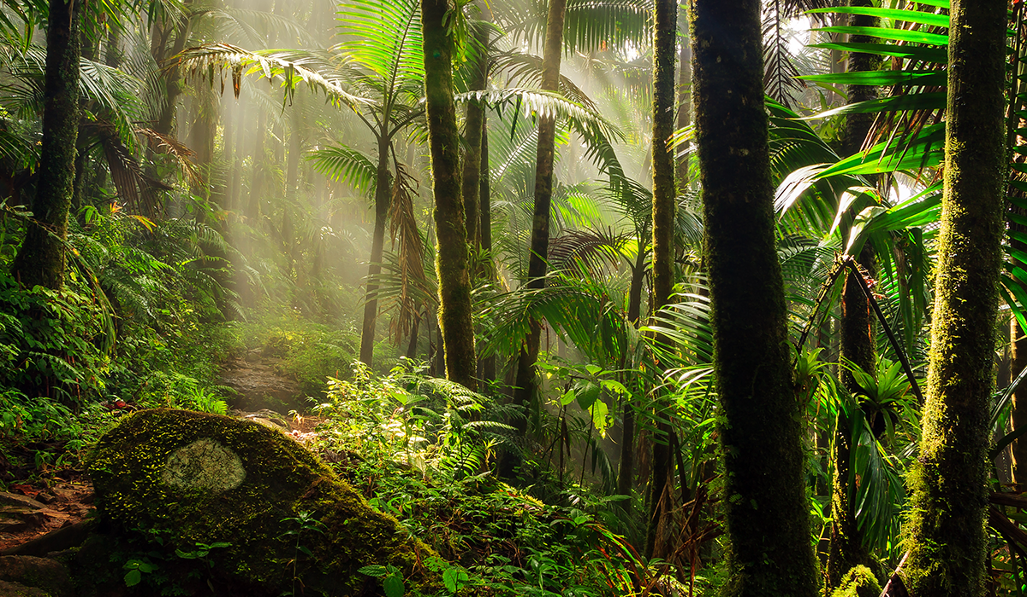 |
| Grasslands | 10-60 cm, rich soil | Sod-forming grasses | 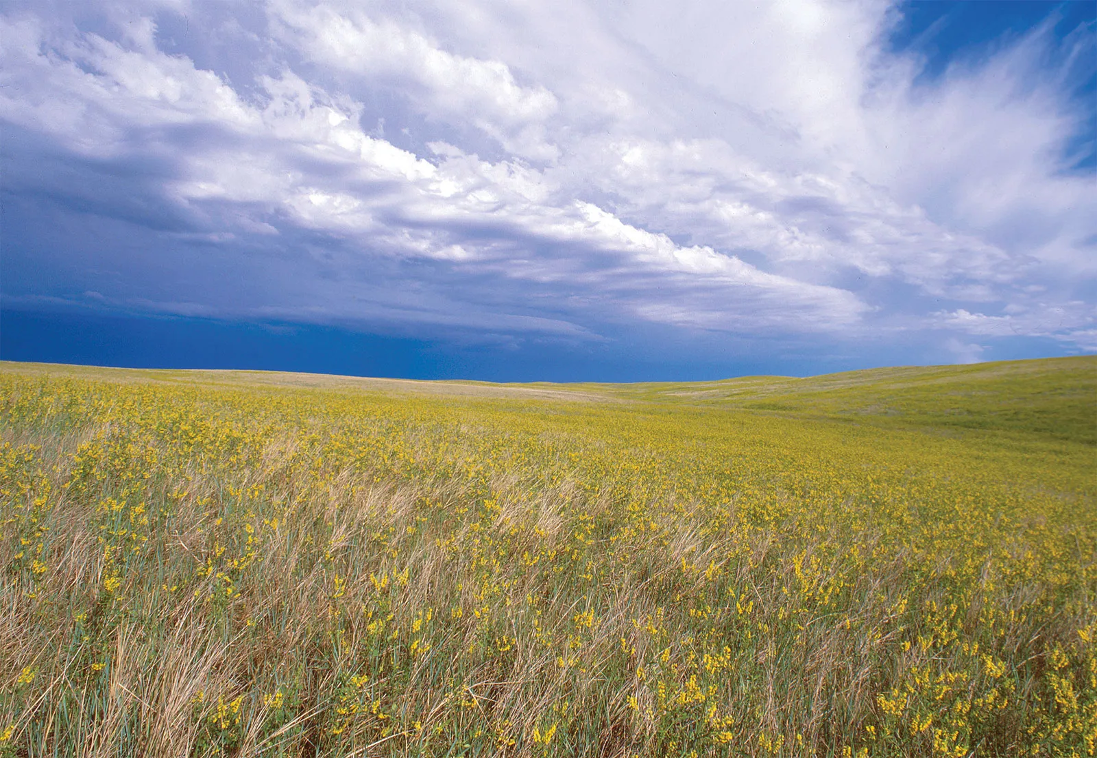 |
| Coniferous forest (Taiga) | 20-60 cm—mostly in summer, soil is acidic due to vegetation | Coniferous trees | 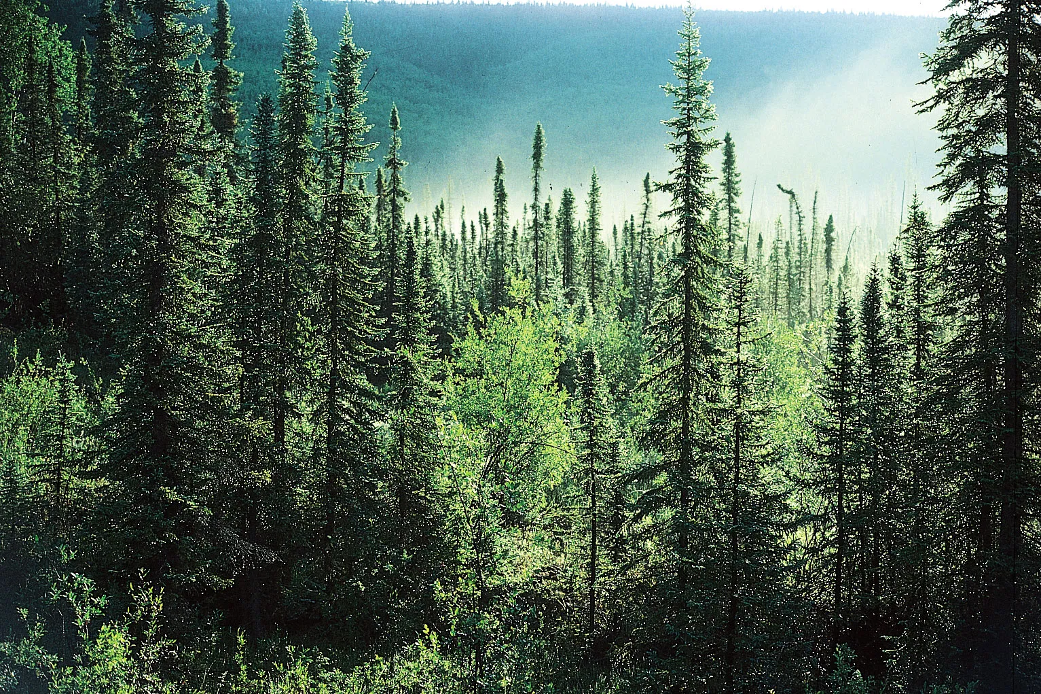 |
| Tundra | <25 cm, soil is permafrost | Herbaceous plants | 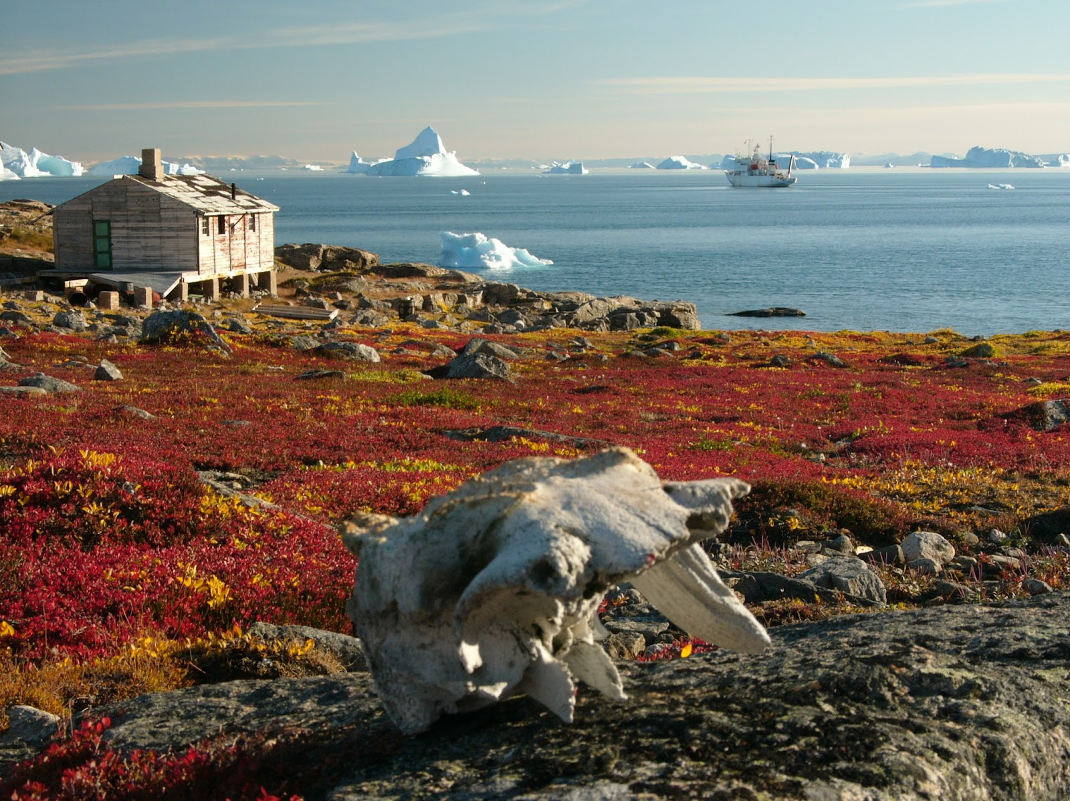 |
| Chaparral (scrub forest or shrubland) | 50-75 cm—mostly in winter, soil is shallow and infertile | Small trees with large, hard evergreen leaves, spiny shrubs | 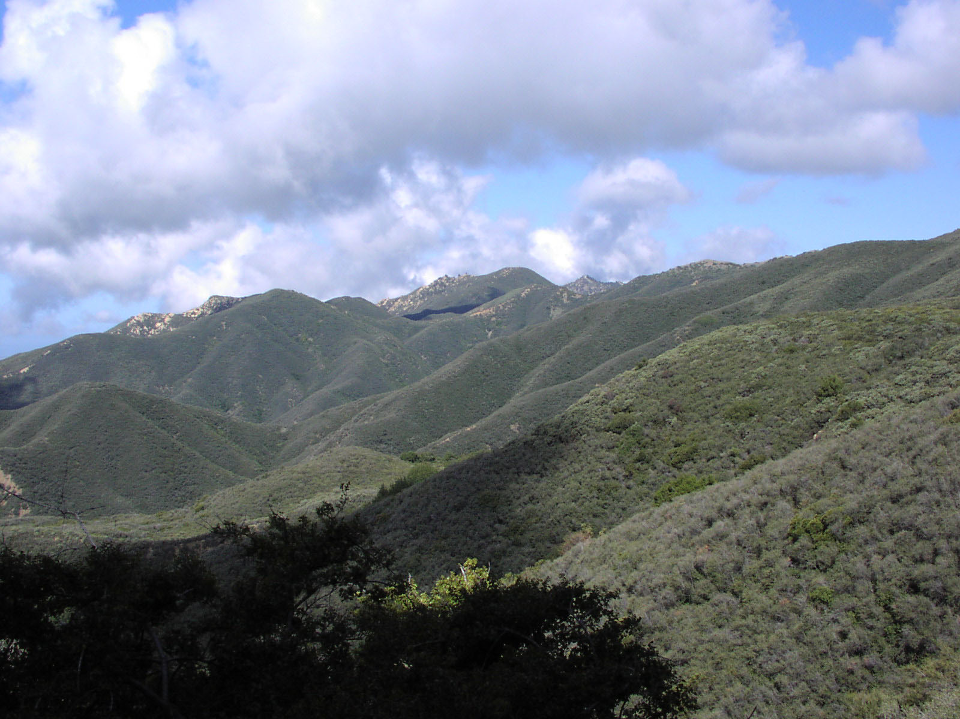 |
| Deserts (cold and hot) | <25 cm, soil has coarse texture (sandy) | Cacti, other low water adapted plants | 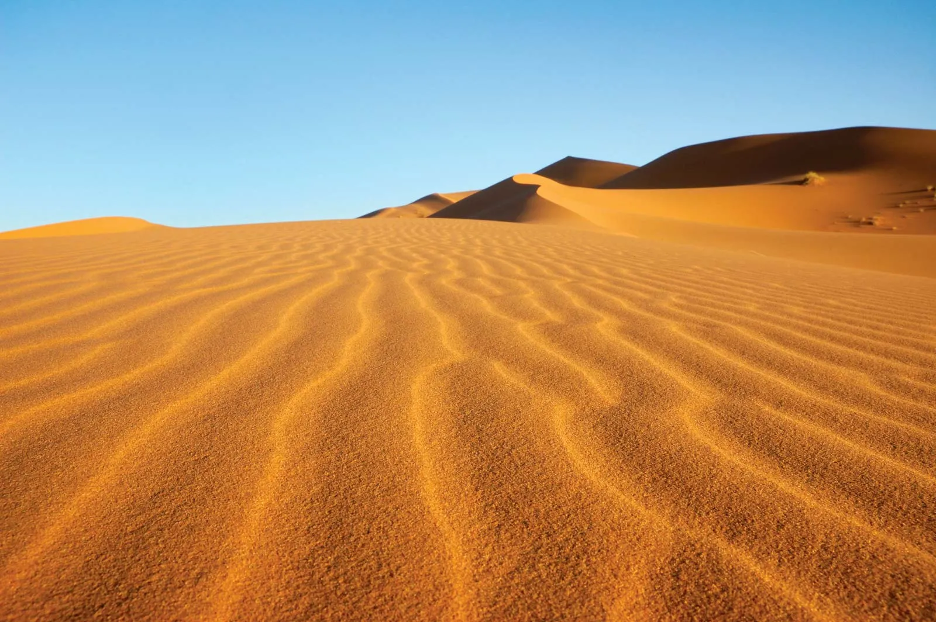 |
| Temperate Rainforest | >140 cm, soil richer than that in tropical rainforests | Coniferous and broadleaf trees, epiphytes, mosses, ferns, and shrubs | 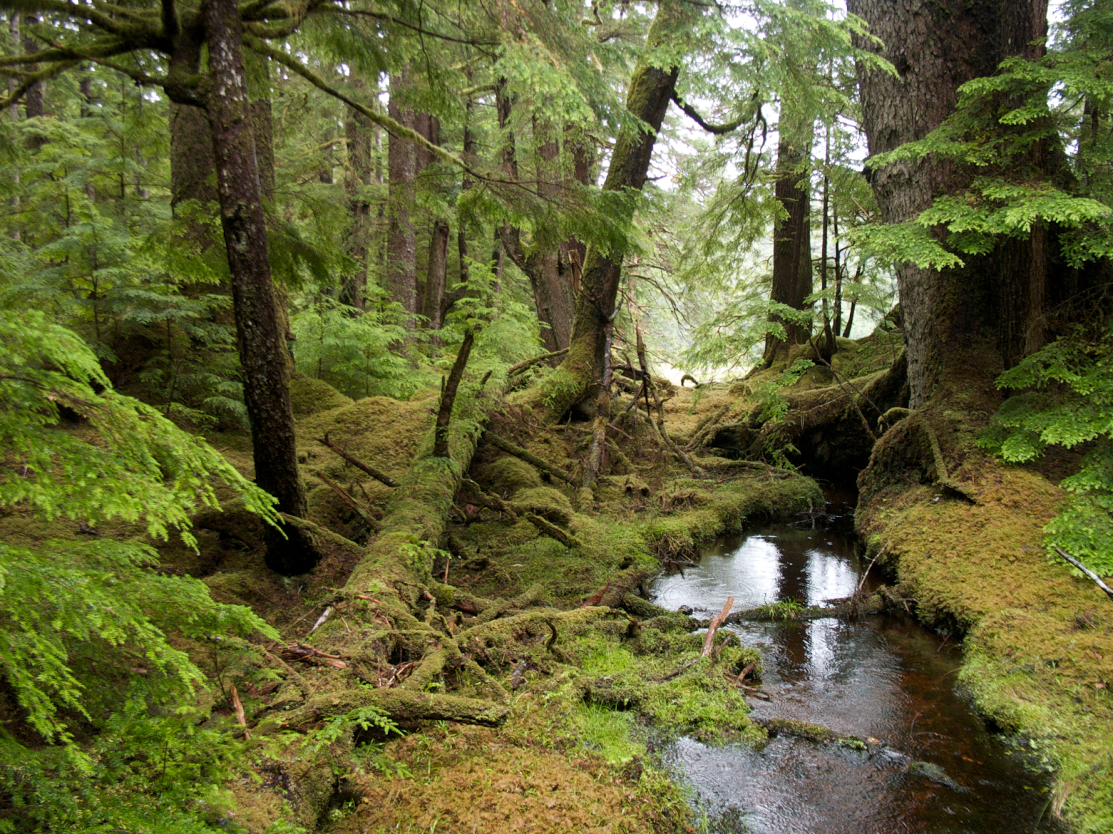 |
| Savanna | 10-30 cm almost all in the rainy season, soil is porous and has only a thin layer of humus | Grasses with more widely spaced trees | 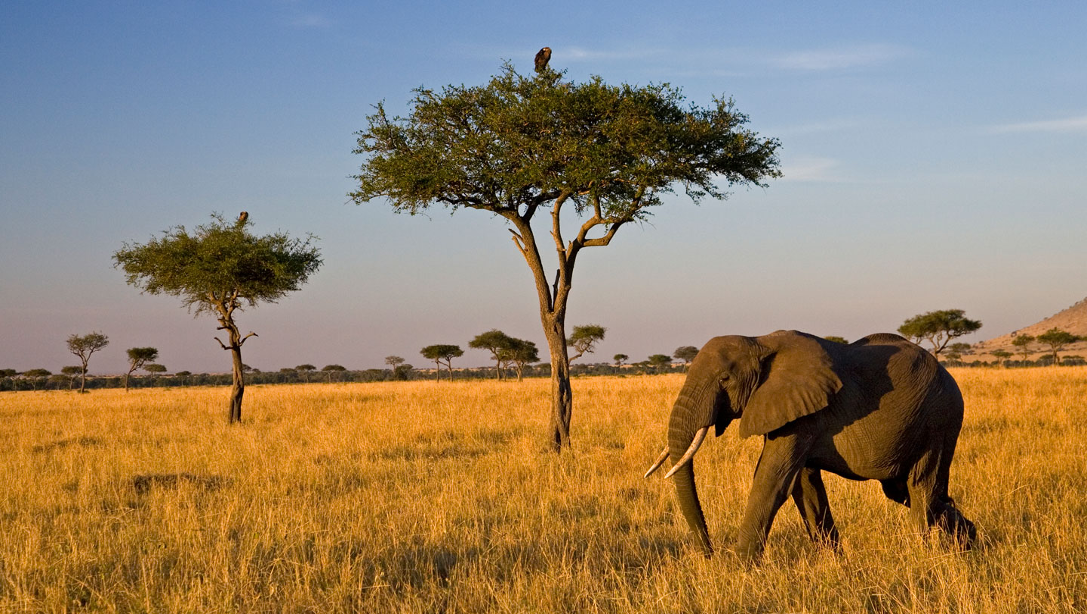 |
In freshwater biomes, there is the epilimnion, the uppermost most oxygenated layer, the hypolimnion, or the lower, colder, and denser layer. In the middle of these two layers, there is the thermocline, where the temperature dramatically shifts. It almost acts as a boundary line between the two zones.
The parts of the freshwater biome must also be memorized:
- Littoral zone — Very shallow water at the shoreline. Plants and animals living here have abundant sunlight and enough oxygen to thrive.
- Limnetic zone — Surface of open water. Sunlight can also penetrate this region. Organisms in this region have short lifespans and rely on sunlight, such as phytoplankton.
- Profundal zone — The depths of the water where sunlight cannot penetrate (aphotic). Organisms that require light cannot live here. There is also low oxygen available here, so organisms that do not require as much oxygen or light live here.
- Benthic zone — The surface layers of the body of water. Very low oxygen and very low light, so only the toughest aquatic organisms can live here. These organisms include bottom feeders, scavengers, and decomposers.
